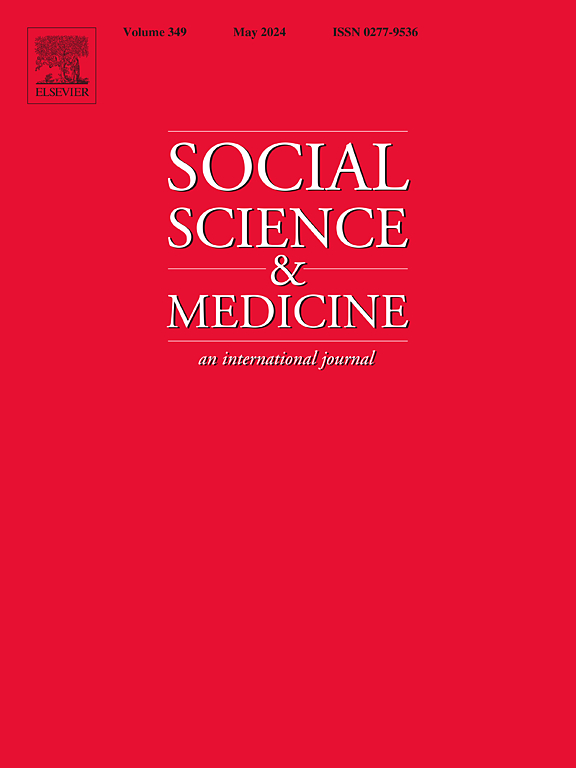相互体现与语言:作为抵抗的聋人语言实践
IF 5
2区 医学
Q1 PUBLIC, ENVIRONMENTAL & OCCUPATIONAL HEALTH
引用次数: 0
摘要
本文认为语言既是相互体现的载体,也是相互体现的基本过程。通过对美国东北部聋人移民进行大约18个月的民族志田野调查,本文探讨了相互体现是如何通过语言形式和实践出现的;以及聋人语言练习如何将对话者与他人纠缠在一起,有时是身体上的。由于可理解性只能通过关系来实现,本文同样认为语言是一个基本的相互体现的过程。交际遭遇中的意义是在相互作用中产生的(而不是单独产生的)。鉴于语言的内在相互依赖性,我详细介绍了聋人移民如何通过非正式口译的实践与家人和朋友共同构建意义,以及如何通过非正式口译,聋人移民可以更好地应对一个设计不良的移民系统,以满足他们复杂的沟通需求。通过这种方式,相互依存和具体化的聋人语言实践成为对传统上边缘化或排斥身心被认为不规范的人的政策和程序的一种抵抗。本文章由计算机程序翻译,如有差异,请以英文原文为准。
Interembodiment and language: Deaf language practices as resistance
This article approaches language as both a vehicle for interembodiment and as a fundamentally interembodied process. Drawing from approximately 18 months of ethnographic fieldwork with deaf immigrants in the northeast United States, this article explores how interembodiment emerges through language forms and practices; and how deaf language practices entangle interlocutors, sometimes bodily, with others. As intelligibility can only be achieved relationally, this article likewise asserts language as a fundamentally interembodied process. Meaning in communicative encounters is made among and across interactions (not individually). Given the inherent interdependence of language, I detail how deaf immigrants co-construct meaning with family members and friends through practices of informal interpreting and how, through informal interpreting, deaf immigrants can better navigate an immigration system that is ill designed to address their complex communication access needs. In this way, interdependent and embodied deaf language practices become a form of resistance to policies and procedures that traditionally marginalize or exclude those whose bodyminds are considered non-normative.
求助全文
通过发布文献求助,成功后即可免费获取论文全文。
去求助
来源期刊

Social Science & Medicine
PUBLIC, ENVIRONMENTAL & OCCUPATIONAL HEALTH-
CiteScore
9.10
自引率
5.60%
发文量
762
审稿时长
38 days
期刊介绍:
Social Science & Medicine provides an international and interdisciplinary forum for the dissemination of social science research on health. We publish original research articles (both empirical and theoretical), reviews, position papers and commentaries on health issues, to inform current research, policy and practice in all areas of common interest to social scientists, health practitioners, and policy makers. The journal publishes material relevant to any aspect of health from a wide range of social science disciplines (anthropology, economics, epidemiology, geography, policy, psychology, and sociology), and material relevant to the social sciences from any of the professions concerned with physical and mental health, health care, clinical practice, and health policy and organization. We encourage material which is of general interest to an international readership.
 求助内容:
求助内容: 应助结果提醒方式:
应助结果提醒方式:


